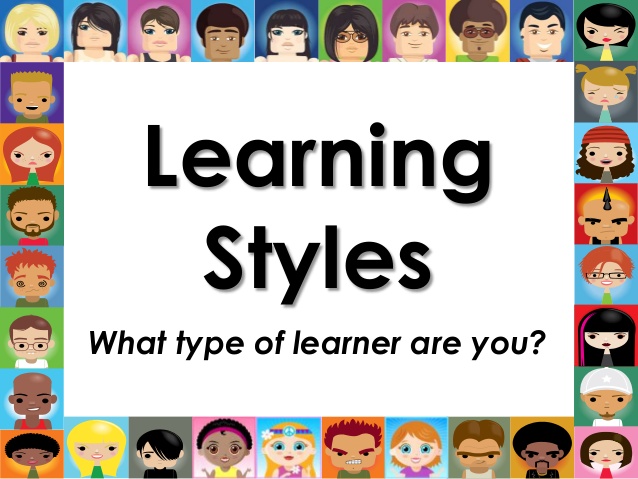As a parent or legal guardian, you want what is best for your child. You hope they will use their strengths to create a successful future and you want to help them address any unfinished learning. Parents and teachers play key parts in forming a love of learning and translating knowledge into everyday life..
Table of Contents
Understanding Learning Preferences
The academic world is full of research studies that characterize learning styles into three main categories. These are visual, auditory, and kinesthetic. Though teachers often rely on a number of instruction methods to accommodate a classroom full of diverse student needs, parents, guardians, family members, or friends have more opportunities for one-on-one interaction with a child. These relationships can address individual learning styles more effectively. A majority of children demonstrate a preference or more favorable response to one area of learning over another, but it is still likely that a base element of adaptive learning occurs regardless of the instructional style presented.
You may already have an idea about how your child responds to a specific subject in school. Some students need more encouragement and scaffolding when it comes to some of the concepts in i-Ready math lessons. Diagnostic assessments like the i-Ready math and reading test are a useful tool to identify unfinished learning and to give teachers and parents a roadmap for meeting each student’s needs.
Reviewing the Learning Styles
Your child may be doing well in school and displaying a balance between the three different learning styles. However, there is usually a particular learning style that can be tapped to further explore his or her potential and allow them to thrive. Learning styles impact more than just classroom activities. Your child will do better in extracurricular clubs, on a sports team, in learning camps, and other social areas. Here’s a look at the learning styles in more detail.
- Auditory Learning
Learners in this category rely on a keen sense of hearing and sound to absorb and retain information. Children with this strength enjoy music and tend to pick up on singing or playing a musical instrument easily. These learners are able to follow oral directions quickly. If your child loves talking, singing, creating songs, getting into discussions, or participating in music, you have an auditory learner on your hands.
- Kinesthetic Learning
This category is for learners who display a better aptitude for information when they are physically engaged in the process. Physical learners have a strong sense of balance and tend to display natural athletic ability. Your child may learn better through the use of gestures, manipulatives, and full-body movement. Does your child love hands-on activities or play-acting? Do they excel in drawing or writing and display good hand-eye coordination? If so, your child is probably a kinesthetic learner.
- Visual Learning
A visual learner is drawn to art and is highly interested in observing things going on around them. Visual learners spend more time on a screen, whether computers, movies, or televisions, but they remember much of the information they receive. Your visual learner will have a vivid memory and easily retain names, places, or people. Common signs include an interest in painting or drawing, a memory that stems from visual experiences, reading aptitude, and a good sense of direction.
With this information, you can better help your young learner. By understanding the learning process your child goes through and the learning style he or she gravitates to, you can target your teaching or assistance in a manner that is most effective with a lasting impact.



















